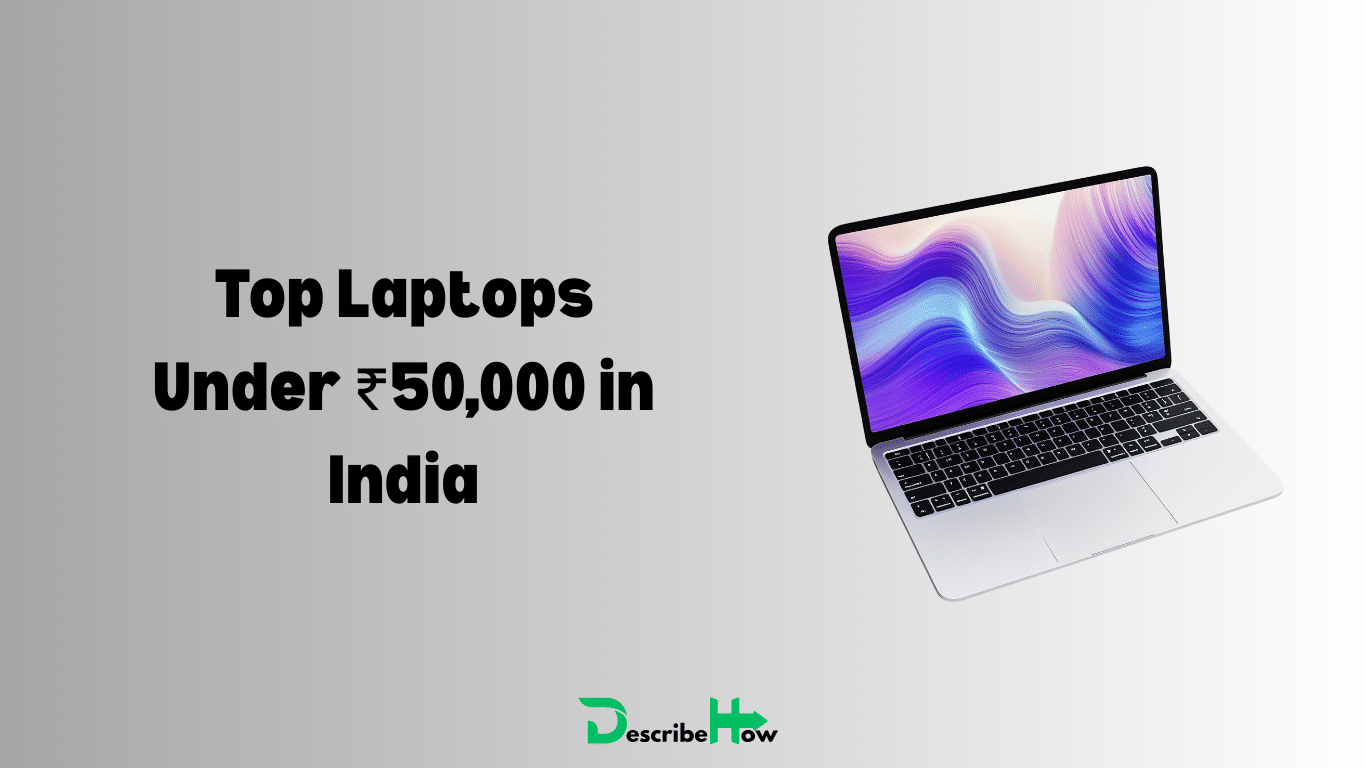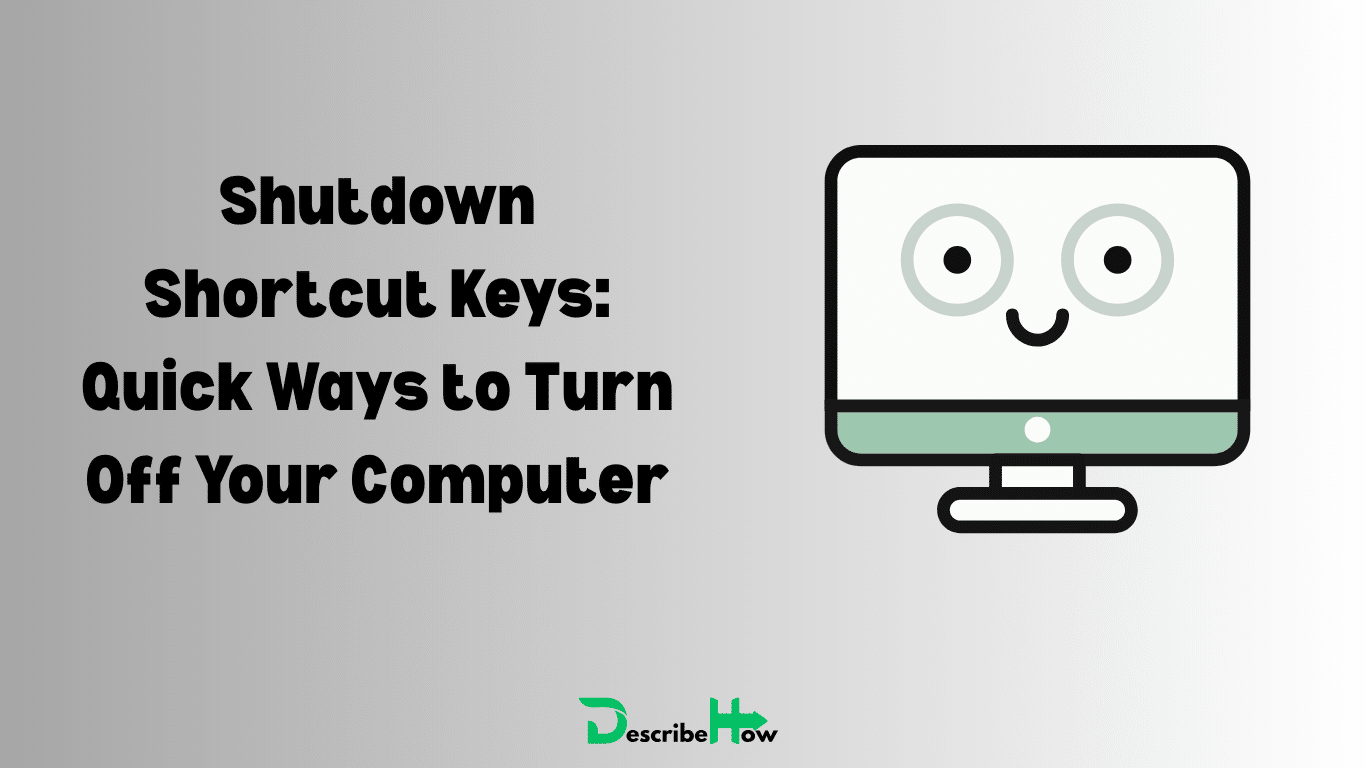Going off the grid with solar energy is an excellent way to achieve energy independence while reducing electricity bills and carbon footprint. But how exactly do off-grid solar electric systems work? In this guide, we’ll explain everything in simple terms, covering everything from essential components to benefits and setup tips.
What Are Off-Grid Solar Electric Systems?
Off-grid solar electric systems are standalone power solutions that generate electricity using solar panels, store it in batteries, and supply power to homes, cabins, or businesses without relying on the traditional electrical grid.
Key Components of an Off-Grid Solar System
To make off-grid solar electric systems work efficiently, they require the following components:
- Solar Panels – Capture sunlight and convert it into electricity.
- Charge Controller – Regulates voltage and prevents battery overcharging.
- Battery Bank – Stores energy for nighttime and cloudy days.
- Inverter – Converts DC power from batteries into AC power for home appliances.
- Backup Generator (Optional) – Provides extra power when solar energy is insufficient.
How Do Off-Grid Electric Systems Generate Power?
- Solar panels absorb sunlight and generate electricity.
- A charge controller manages the flow of electricity to the battery bank.
- A battery bank stores excess energy for later use.
- The inverter converts stored energy into usable AC power.
- Backup generators can provide power in emergencies.
Benefits of Off-Grid Solar Electric Systems
Independence from Utility Companies
No more worrying about electricity bills or power outages.
Renewable and Sustainable Energy
Solar energy is clean, green, and sustainable.
Customizable and Scalable
You can scale up the system by adding more panels and batteries.
Cost Savings in the Long Run
After the initial investment, the savings on electricity bills add up significantly.
Choosing the Right Solar Panels
Selecting high-efficiency solar panels ensures that off-grid solar electric systems generate enough power. Look for monocrystalline or polycrystalline panels with high wattage ratings.
Battery Storage: The Heart of Off-Grid Systems
A good battery bank is essential to ensure 24/7 power availability. Lithium-ion and lead-acid batteries are the most common options.
Sizing Your Off-Grid Solar System
To determine the right system size:
- Calculate your daily electricity consumption (kWh).
- Choose solar panels that generate enough energy to cover your needs.
- Select a battery bank that can store sufficient energy for 2-3 days.
Common Challenges of Off-Grid Electric Systems
- High Initial Costs – Equipment and installation require a significant upfront investment.
- Energy Storage Limitations – Batteries can only store limited energy.
- Weather Dependence – Cloudy or rainy days can reduce efficiency.
- Regular Maintenance – Batteries and inverters need periodic check-ups.
Maintenance Tips for Off-Grid Solar Electric Systems
- Clean solar panels regularly to maintain efficiency.
- Check battery health and replace if necessary.
- Inspect wiring and connections to prevent power losses.
- Keep an eye on charge controller settings.
Is an Off-Grid Solar Electric System Right for You?
Off-grid electric systems are ideal for remote locations, tiny homes, RVs, or anyone looking to become self-sufficient in energy production. If you’re ready to invest in energy independence, it could be the perfect solution for your power needs.
Conclusion: Harness the Power of the Sun!
Switching to off-grid solar electric systems is a game-changer. It offers freedom from traditional power sources, reduces environmental impact, and leads to long-term savings. Whether building an off-grid home or upgrading a cabin, solar energy can power your future. Take the first step today and embrace a self-sufficient lifestyle!
Read Related posts: How to save electricity at home
Frequently Asked Questions (FAQs)
The price of an off-grid solar system depends on factors like system size, battery capacity, and brand. On average, a basic off-grid solar system can cost between ₹1,00,000 to ₹10,00,000 or more, depending on energy needs and quality of components.
A 5 kW off-grid solar system in India typically costs ₹4,50,000 to ₹6,50,000, including solar panels, inverters, batteries, and installation. The price depends on the battery type (lead-acid or lithium-ion) and solar panel efficiency.
The number of solar panels needed for an off-grid solar system depends on energy consumption and panel wattage. For example:
A household using 500-800 kWh per month may need 15-25 solar panels (assuming 400W panels).
Battery storage is also necessary to store power for nighttime use.
An off-grid solar system for a home is designed to work independently from the power grid. It includes solar panels, charge controllers, batteries, and inverters to generate and store electricity. These systems are ideal for remote locations where grid power is unavailable or unreliable.
The price of off-grid solar systems in India varies based on capacity and battery storage. Approximate costs:
1kW system: ₹1,00,000 – ₹1,50,000
3kW system: ₹2,50,000 – ₹4,00,000
5kW system: ₹4,50,000 – ₹6,50,000
10kW system: ₹9,00,000 – ₹12,00,000
Prices may vary depending on battery type and installation charges.
An off-grid solar system without batteries is uncommon because batteries are essential for storing power when sunlight is unavailable. However, some direct-use solar systems (like DC appliances) can function without batteries but will only work when the sun is shining.
The cost of a 3kW off-grid solar system in India ranges from ₹2,50,000 to ₹4,00,000. This includes solar panels, an inverter, batteries, and installation. Lithium-ion battery-based systems may be more expensive but offer better longevity.
Off-Grid Solar System: This system works independently from the power grid and requires batteries for storage. It is ideal for remote locations.
Hybrid Solar System: This system connects to the grid while also using batteries for backup. It can switch between solar, battery, and grid power for optimal efficiency.
Yes, an off-grid solar system is worth it :
– When you live in a remote area with no reliable grid access.
– If you want complete energy independence.
– When you want to save on long-term electricity costs.
However, off-grid systems require a higher initial investment due to battery costs.
No, a true off-grid solar system requires batteries to store energy for nighttime and cloudy days. However, direct-use solar systems (DC-powered appliances) can run during daylight without batteries, but they will not store power for later use.
Read more: Off-Grid Solar Systems


